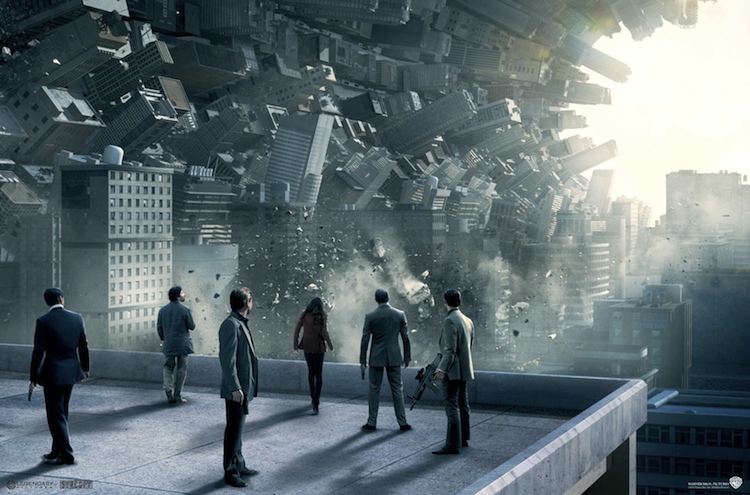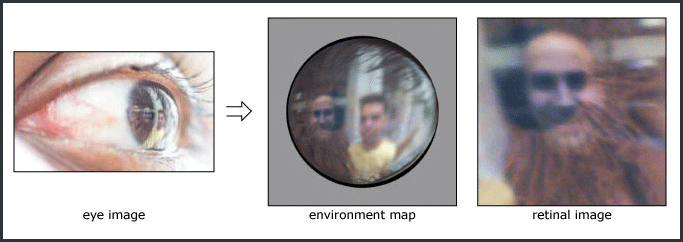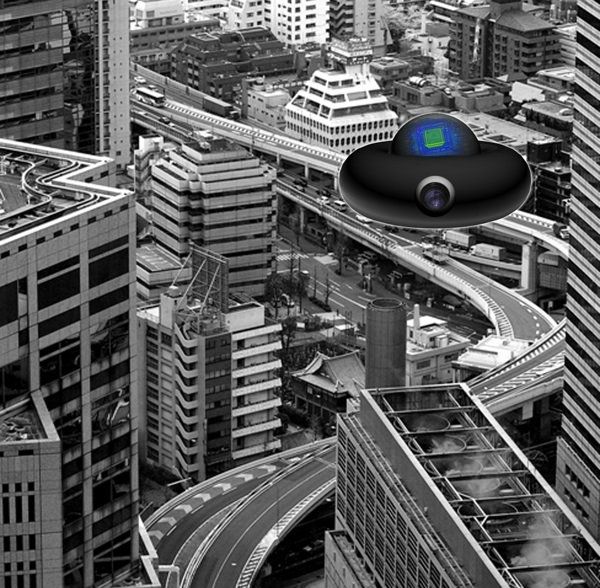Over the past week, I have been further investigating the art possibilities behind light harvesting materials and quantum computers. While I did most (if not all of my research last week (
http://www.mat.ucsb.edu/forum/viewtopic ... =203#p1235) this week was more about creating the final layout for my project.
As stated last week, the quantum computer (in the most simplest of terms) seeks to pose the question: how do we get smaller processors to have bigger storage units and produce more energy than the machine is run on. In other words, how do we create a more efficient and energy conserving machine that fits in the palm of your hand.
Taking this simplistic idea, combined with what I have discovered about the future advances in solar paneling, I generated the following idea for a gallery presentation:
Using a solar pane, I will collect energy from a natural light source. Connected to the solar panel will be a motherboard and transmitter that will harvest this energy and send it to a projector. From my research, I discovered that thinner solar cells retain the absorption like a thicker device, and have a higher voltage. Thus, the thin solar panel will be able to harvest a high voltage light, i.e. a dim sort of laser. From the projector, this laser will point directly at one of several silicon based-canvases.
From my previous research, I concluded that quantum computers work by being activated by a laser. Thus, I am using silicon as my canvases because silicon is a reactant material to the laser. Specifically, the laser will serve to activate the silicon’s photons, and produce energy. A photon is the quantum essential of light. Although technically the laser’s effects are only easily observable at both the microscopic and macroscopic level, I will be assuming that these minute movements of photos can be visible to the naked eye.
Interestingly, because the photon has no rest mass, this allows for interactions at long distances. Like all elementary particles, exhibit wave–particle duality, which means they exhibit properties of both waves and particles.
This brings me to the core artistic concept. By channeling energy at high velocities across the first canvas, this canvas will be the core reactor, and “push” the laser off onto the next canvas. Yet, this is not as simplistic as it seems. The idea behind this photon movement is called
quantum teleportation. When photons becomes entangled (entanglement means that the properties of the photons, such as their polarization, are much more strongly correlated than is possible in classical physics.), and then a laser is used to fire one of the photos, it is possible to transmit the laser back and forth from canvas to canvas. This is because when the quantum state of one photon is altered, the quantum state of the second photon is immediately altered, faster than the speed of light. In essence, each canvas would read the mid of the last, creating a dazzling display of the photonic activity as the laser hits each canvas.
http://www.pveducation.org/pvcdrom/desi ... t-trapping
http://news.discovery.com/tech/solar-po ... 10919.html
http://en.wikipedia.org/wiki/Photon
http://simple.wikipedia.org/wiki/Wave-particle_duality
http://www.zamandayolculuk.com/cetinbal ... EPORTb.htm
http://qis.ucalgary.ca/QO/wolfgang.jpg






